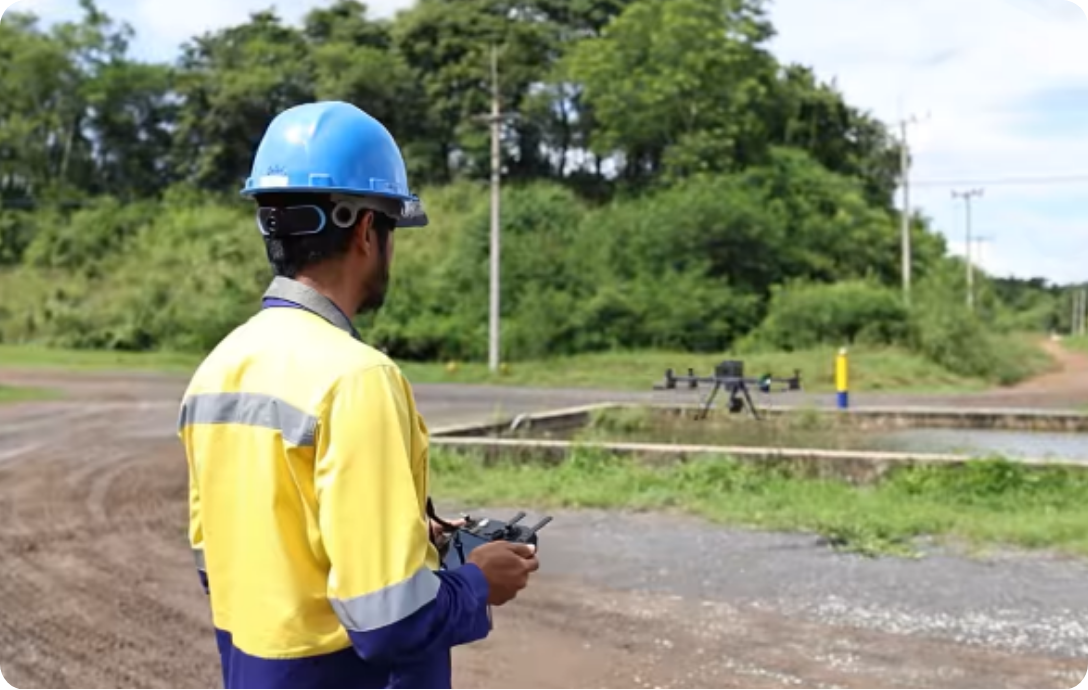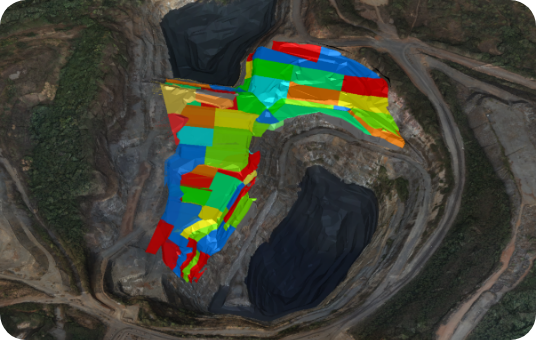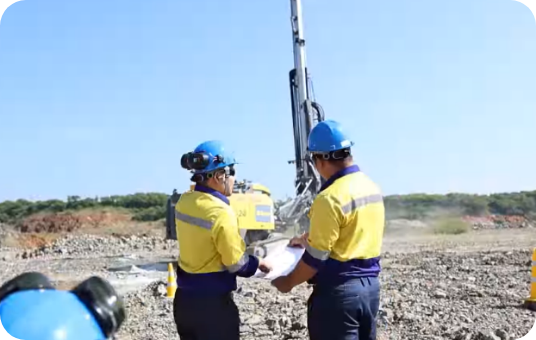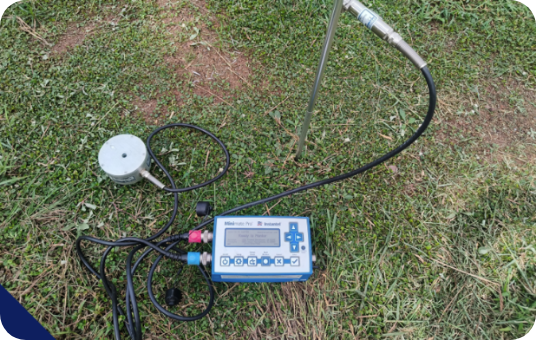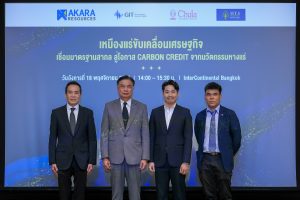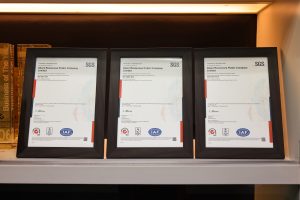
Akara Achieves Triple ISO Certification, Reinforcing Its Commitment to Quality, Safety, and Sustainable Operations
Akara has reached another significant milestone at the close of 2025 with the successful certification of three international ISO management systems simultaneously, reaffirming its strong commitment to conducting business with quality, safety, and sustainability in line with global standards.

